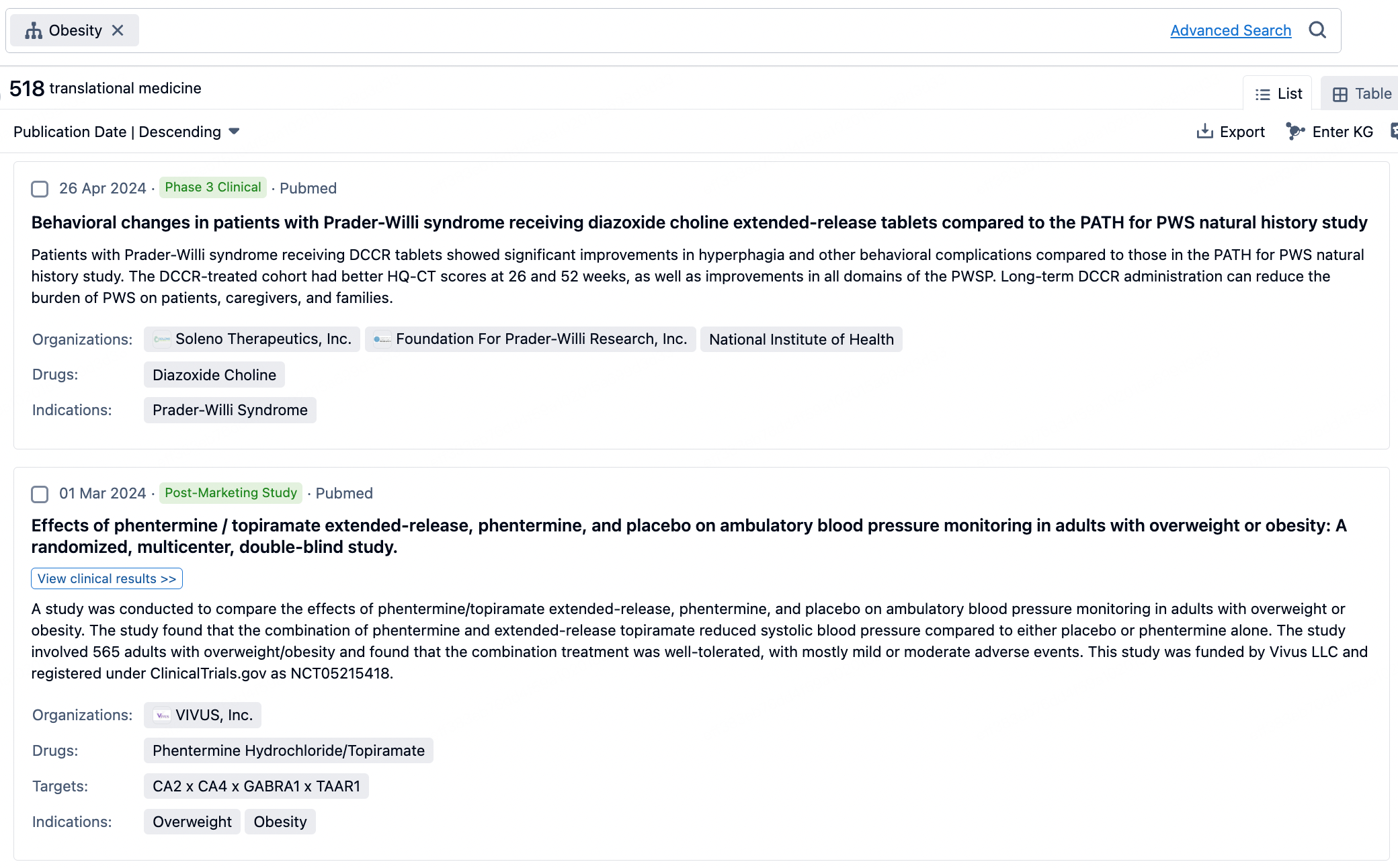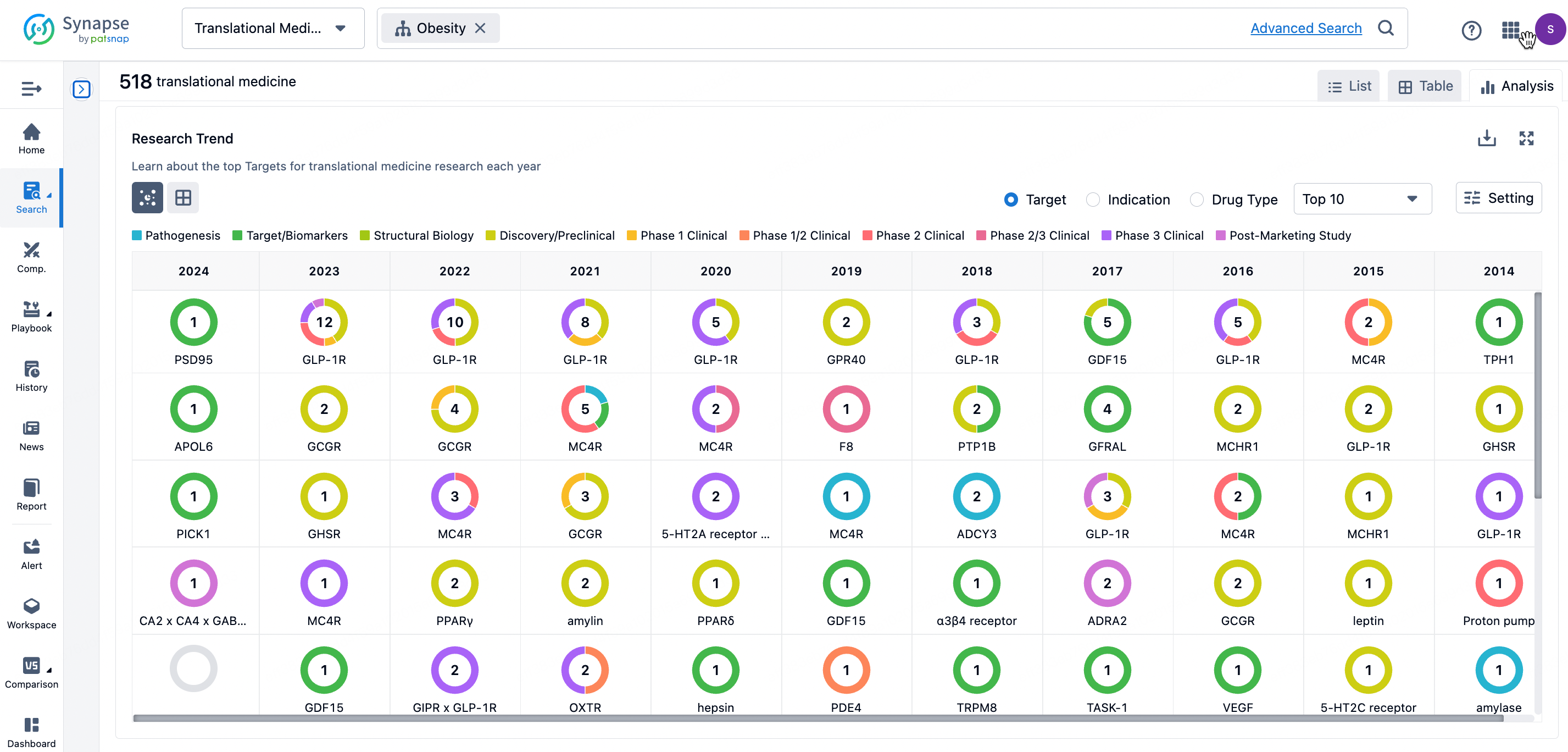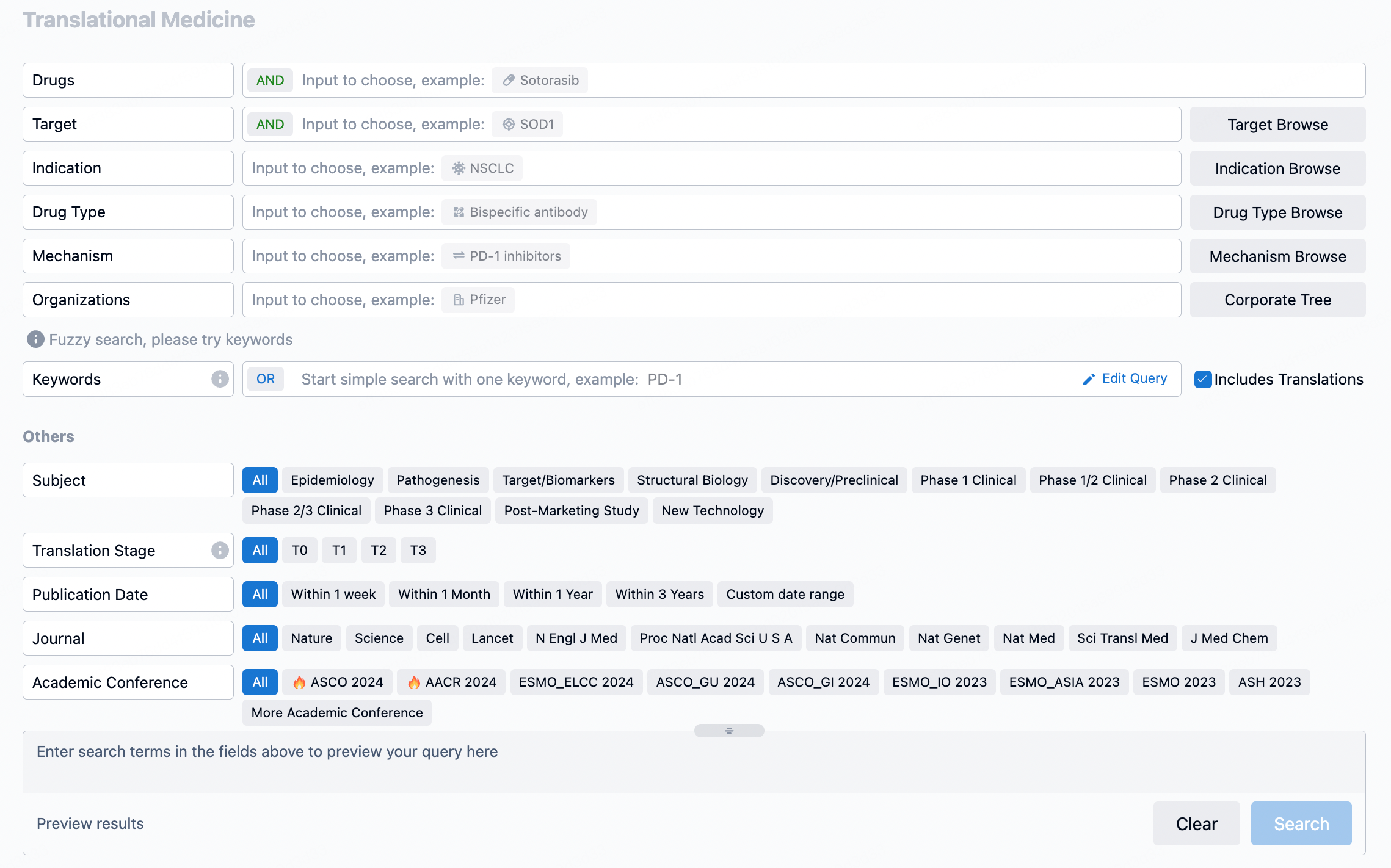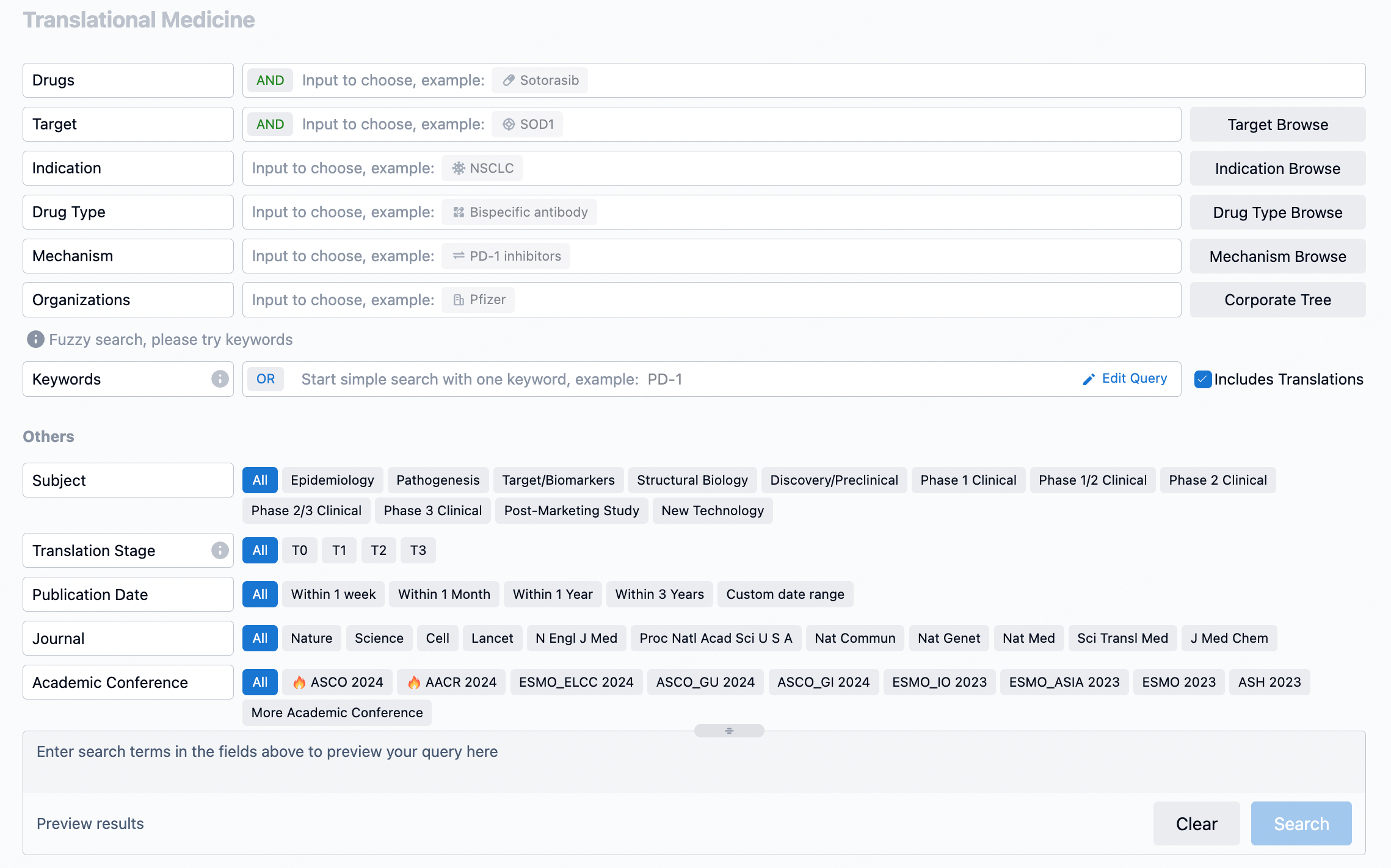Unlocking the Potential of ABBV-101: A Breakthrough BTK Degrader for Advanced B-Cell Malignancies
Preclinical studies have demonstrated ABBV-101's effectiveness against BCR pathway-dependent models of leukemia and lymphoma, including those resistant to existing BTK inhibitors due to the BTK-C481S mutation. The compound has shown similar potency against both the wild-type BTK and the BTK-C481S mutation in human DLBCL cell lines, leading to significant inhibition of cellular growth. It has also exhibited strong activity against new BTK mutations that confer resistance to reversible inhibitors, a growing concern in clinical settings.
In vivo testing has been promising, with ABBV-101 inducing complete tumor regression in a BTK-C481S DLBCL xenograft model and significantly reducing CLL burden in a mouse model with the BTK-C481S mutation. The compound has also shown the ability to induce complete tumor regressions in several non-GCB DLBCL patient-derived xenograft models, outperforming both covalent and reversible inhibitors in terms of response depth and durability.
The combination of ABBV-101 with a BCL-2 inhibitor has been found to enhance its efficacy in CLL and DLBCL models. Furthermore, kinome and proteomics profiling indicate that ABBV-101 is highly selective, a characteristic that could contribute to better tolerability in patients.
Currently, ABBV-101 is in the first phase of clinical trials for a range of B-cell malignancies. The results from preclinical studies are encouraging, suggesting that ABBV-101 could offer a new therapeutic option for patients with B-cell malignancies, particularly those resistant to current treatments.
How to Use Synapse Database to Search and Analyze Translational Medicine Data?
The transational medicine section of the Synapse database supports searches based on fields such as drug, target, and indication, covering the T0-T3 stages of translation. Additionally, it offers a historical conference search function as well as filtering options, view modes, translation services, and highlights summaries, providing you with a unique search experience.
Taking obesity as an example, select "obesity" under the indication category and click search to enter the Translational Medicine results list page. By clicking on the title, you can directly navigate to the original page.

By clicking the analysis button, you can observe that GLP-1R treatment for obesity has gained significant attention over the past three years, with preclinical research still ongoing in 2023. Additionally, there are emerging potential targets, such as GDF15, among others.

Click on the image below to go directly to the Translational Medicine search interface.

